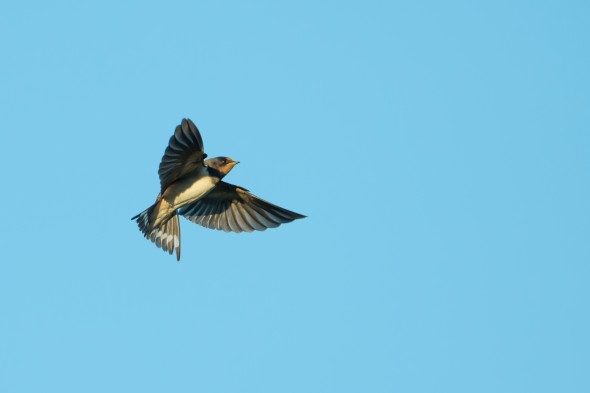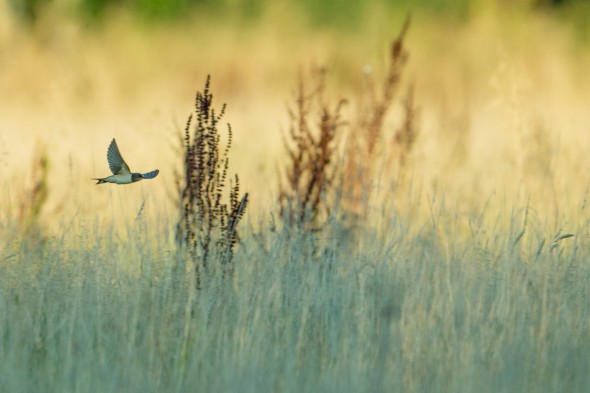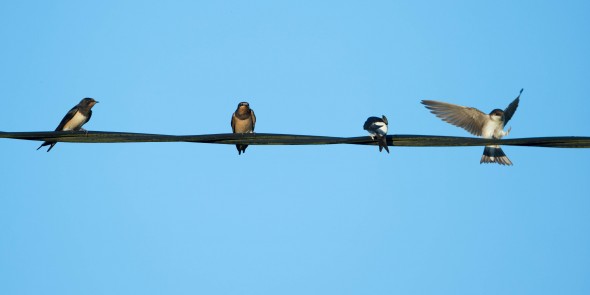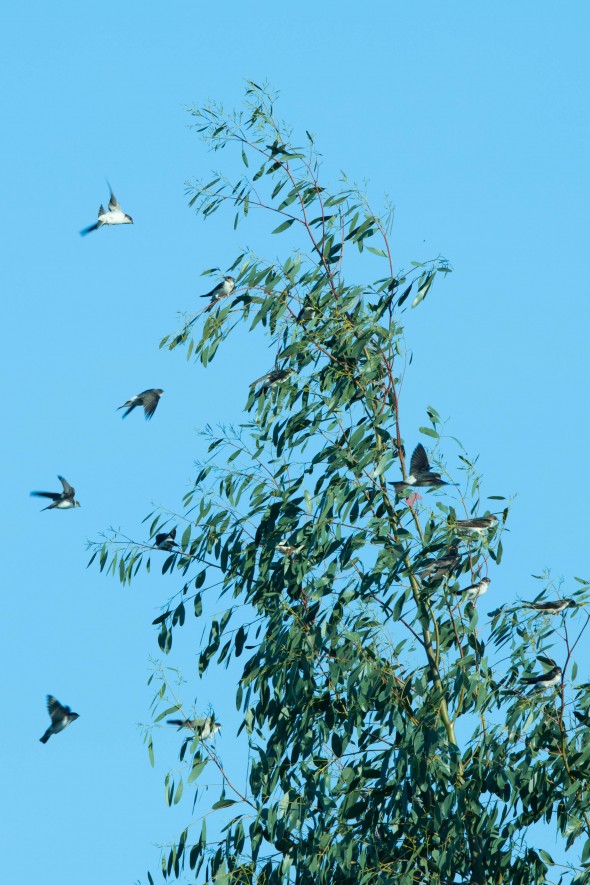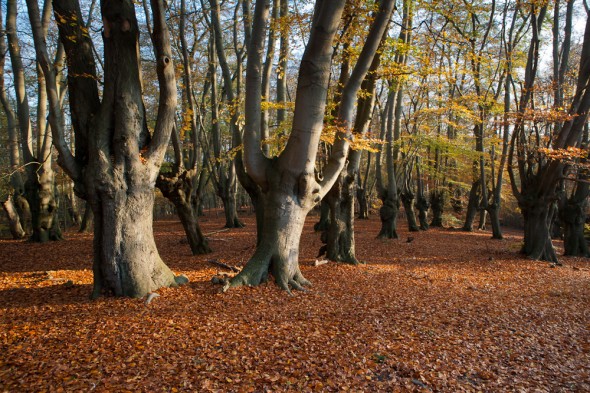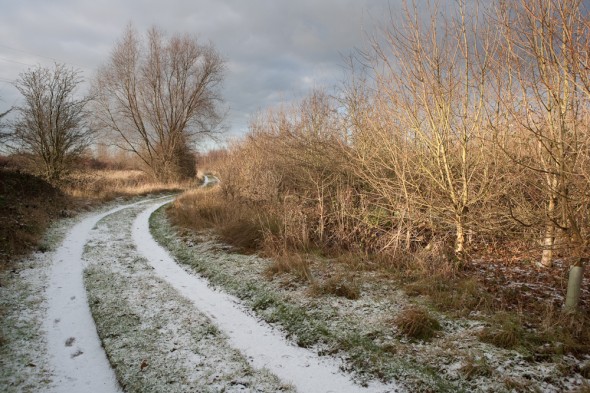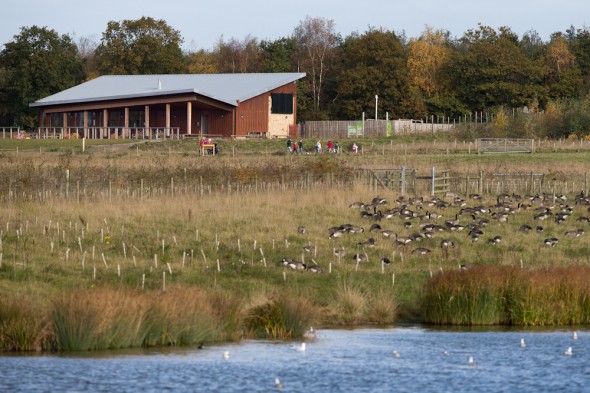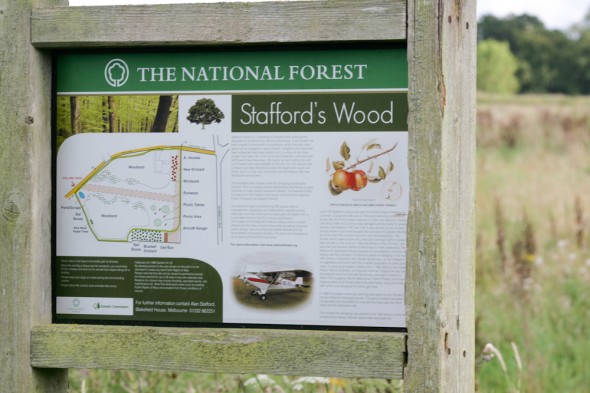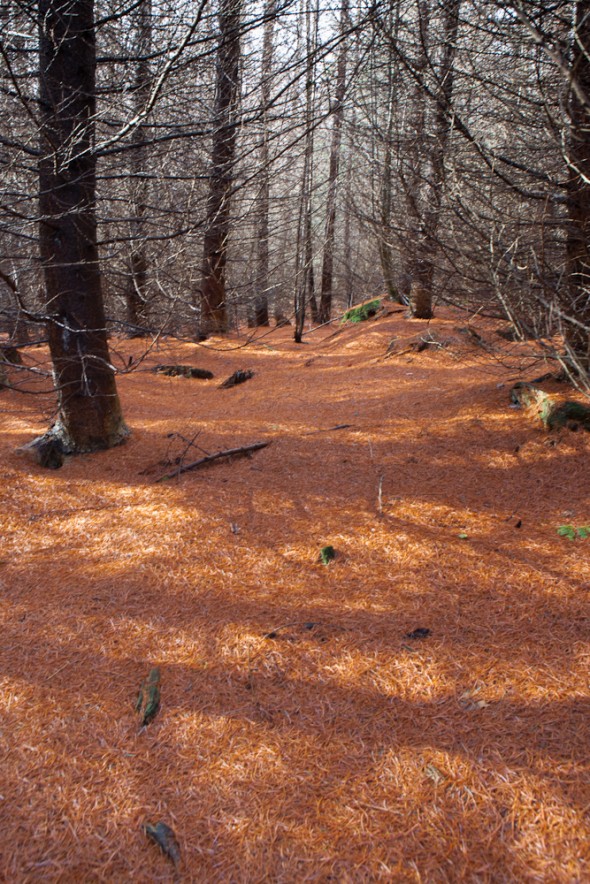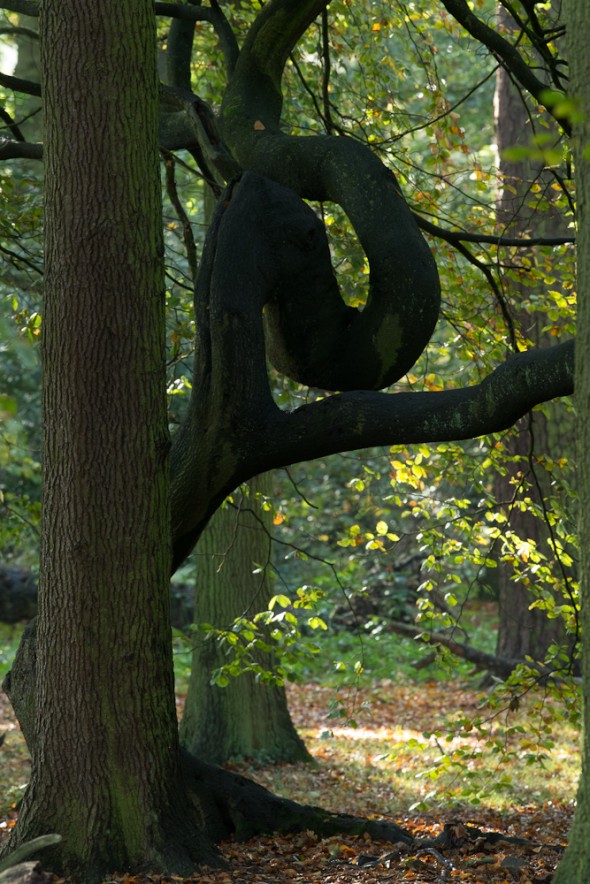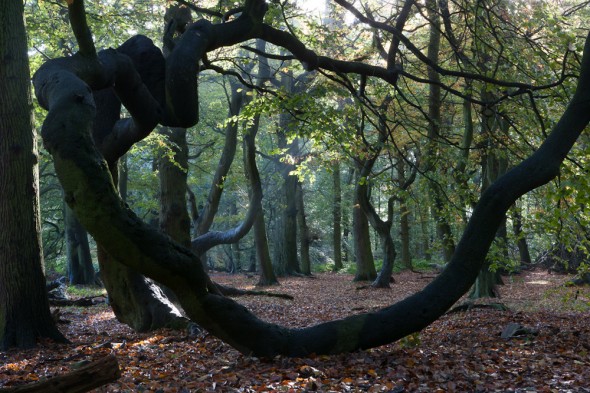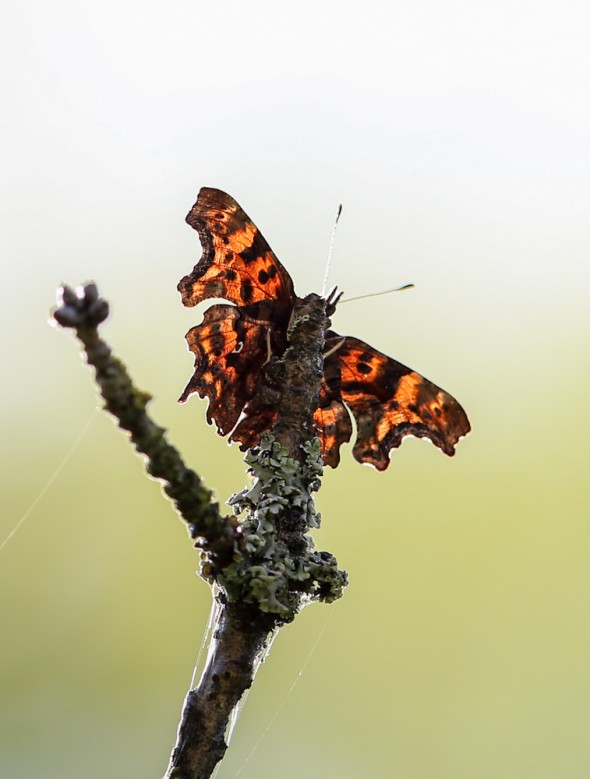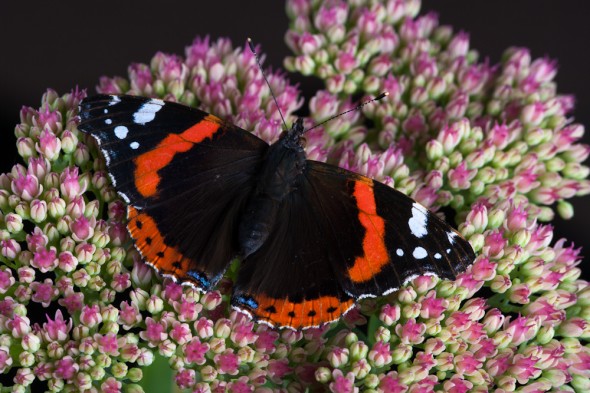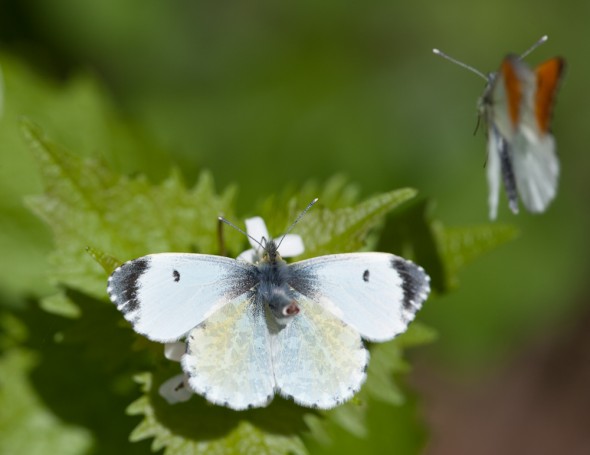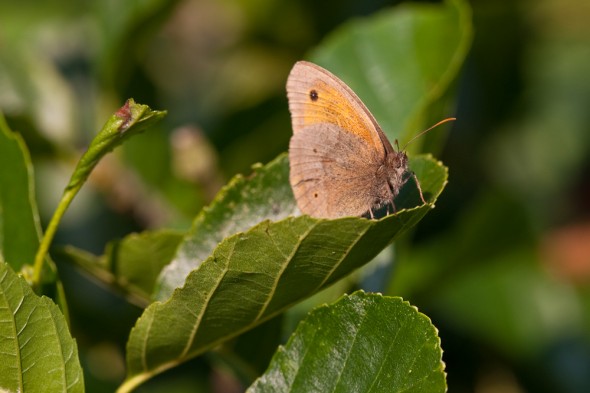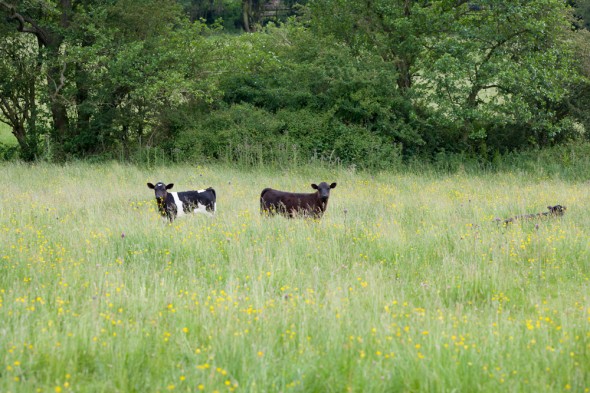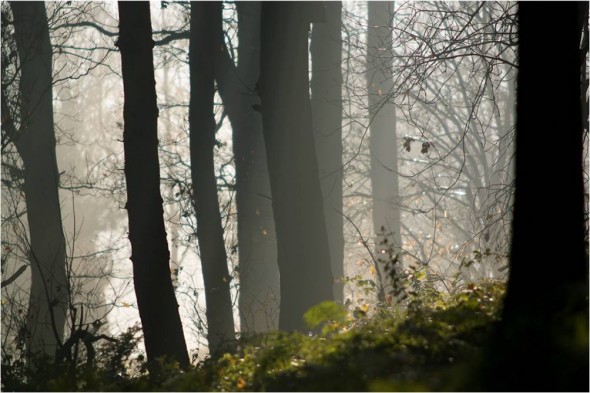For the past 2 weeks we have been watching as Swallows and House Martins have been migrating through Ulverscroft valley, part of the Charnwood Forest
As Paula and I have our breakfast about 8.30am, we have noticed the birds as they start to fly past in small groups, maybe twenty or so. This has been going on most days at hourly intervals, maybe more often. We see them perched on wires close to the house, feeding low over the adjoining fields and swooping around the Oak trees, which are scattered all around the fields and hedgerows.
Last week, especially from September 18th the numbers started to increase, larger flocks and more often. Our house is situated at about 600 ft and the ridge above us is about 750 ft, very high for Leicestershire. The birds seem to be following the line of the valley which leads roughly North – South.
However on Saturday 19th, the numbers went crazy. I woke up and looked outside and already by 7.30 birds were swooping over the field at the back of the house. As I was cleaning my teeth I looked out of the window and counted 51 mixed swallows and House martins sitting in a long row along the power line.
All day long, more birds, different ones arrived and passed on in tumbling groups. Then about 5.30 in the evening, birds arrived en- mass, thousands of them. They were feeding around the tops of Oak and Silver Birch trees, even perching in the uppermost branches, I have never witnessed this before, they must be feeding on a myriad of insects. By 6.30 everywhere we looked there were birds, they were making lots of noise, chattering and twittering. Their behaviour was erratic, crazy, almost frenzied. then in the space of ten minutes they had disappeared, gone, vanished. I tried to see where, but couldn’t. They hadn’t flown away, as other groups had during the preceding days. I can only imagine they had roosted in the trees, but by now the light was fading fast, night was closing in.
The following morning- yesterday and to-day I have not seen one Swallow or Martin, they have departed Charnwood Forest and headed south. The garden and fields seem so quiet. We will not see them again till next summer, for us their migration is over but for them its only just beginning.

 The creation of the National Forest in the English Midlands is one of the greatest conservation success stories in recent times. Swathes of woodland now replace a once desolate industrial landscape. The National Forest is the ‘home patch’ for the UK arm of Websters Wildshots and provides a rich vein of material, both natural and cultural , for our photography.
The creation of the National Forest in the English Midlands is one of the greatest conservation success stories in recent times. Swathes of woodland now replace a once desolate industrial landscape. The National Forest is the ‘home patch’ for the UK arm of Websters Wildshots and provides a rich vein of material, both natural and cultural , for our photography.